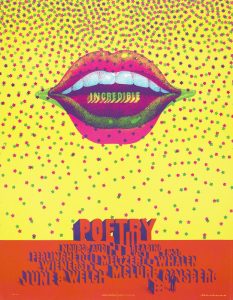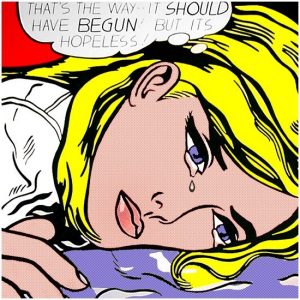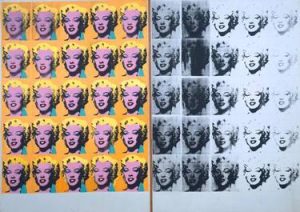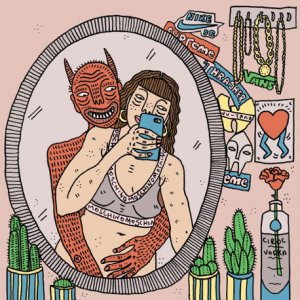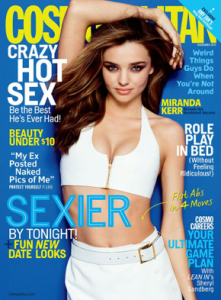From doing these blogs over the past few weeks I have learnt how to constructively create my own opinions on subjects and correctly respond to the questions given I have done this by not only including my own opinions into the blogs, but also researching the subject of the task. I have also learnt from these lectures how to evaluate the work of artists and create an informed written argument of the work they have produced by commenting on the way the work has been made and how it may be relevant to my work as a practitioner.
I have seen the connections between the lectures and how they all link as I’ve noticed we are almost being taken through the time line of art starting from the early 20th century, starting with abstract art all the way through to post modernism. Also, I have noticed with the ideas and my developing practice is that by going through the timeline of art it is extending my knowledge into the history of art and how it’s developed over the years. When doing these blogs, I have been constantly referring back to different notes from other lectures which is almost linking them all together so they flow nicely and make sense.
Theory is the before bit where you plan and research before doing the practical part, this is the connection between the two because it is very difficult to do one of those without the other as you can’t really make a piece without the evidence of planning as people want to know and understand the reasons behind your work otherwise they wouldn’t understand why you have done what you have done. In some cases, it is possible to just do the theory side of things, but again people will want to understand why you may have not completed the work and by showing them that you end up creating a piece to support that evidence.
A key part from the lectures that I have taken and how it has helped my studio based practice is the Netflix series “Abstract: The art of design” that we have watched in some of our lectures because I feel like this has really helped me as a practitioner to see inside the minds of different artists and how they work. In the series, they don’t just focus on what form of art, but many and so far, I have watched the illustrator, stage designer, graphic designer and photographer. I have found this to be helpful as in my studio based practice I look into these practitioners and research them for my theory side of my work to support my evidence in my sketchbooks. Not only that, but I also visually enjoy their work and how they explain the reasons for the work they created.




